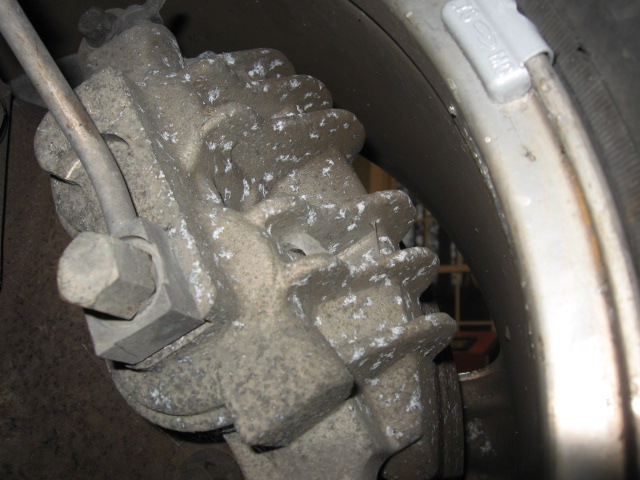ITR allows the cars to weigh a few pound more, so additional suspension parts may be more desireable, and less injurious to performance. For ITS, I'd think even more critically about added weight.
Personally, I'm a fan of smaller wheel diameters with generous width, to reduce the rotational mass of the wheel assembly. Aftermarket/racing lists have 15's avaiable in various offsets. What you will have to pay for is lightness, not the size. Additionally, the handling can be enhanced by the placement of the lower A arm (smaller diameter wheel assemblies put the ball joint closer to the ground), giving you the opportunity to have an up-ward angled lower arm. This will give you enhanced camber change during bounce.
Differential gear set ratios available (stock and aftermarket) for the 7 1/2 inch, are 3.08, 3.27, 3.4, 3.73, and 4.1. I prefer the lower gears with the second, third, and fourth transmission gears being used.
What you want to concentrate on is how to enhance the handling without adding to the weight of the car. Aftermarket parts all weigh pounds and ounces...from which the car/engine combination cannot benefit. Hollow sway bars are available, too.
Start your project with a through reading of the Mathias book on Mustangs ("chassis", actually number two). It will give you a grounding in the four link design, and its consequences. Solutions are proposed which work, but all add weight. There is one concept that is not in that book that will lessen/eliminate the problem. That is to replace the source of the problem (the rubber bushings), with spherical bushings. This is the major solution in the rear of the car. Peruse the AS sites also...they have delt with the problem for years, although their solutions are added mechanicals (weight).
Good luck.
Bill





 Reply With Quote
Reply With Quote








Bookmarks